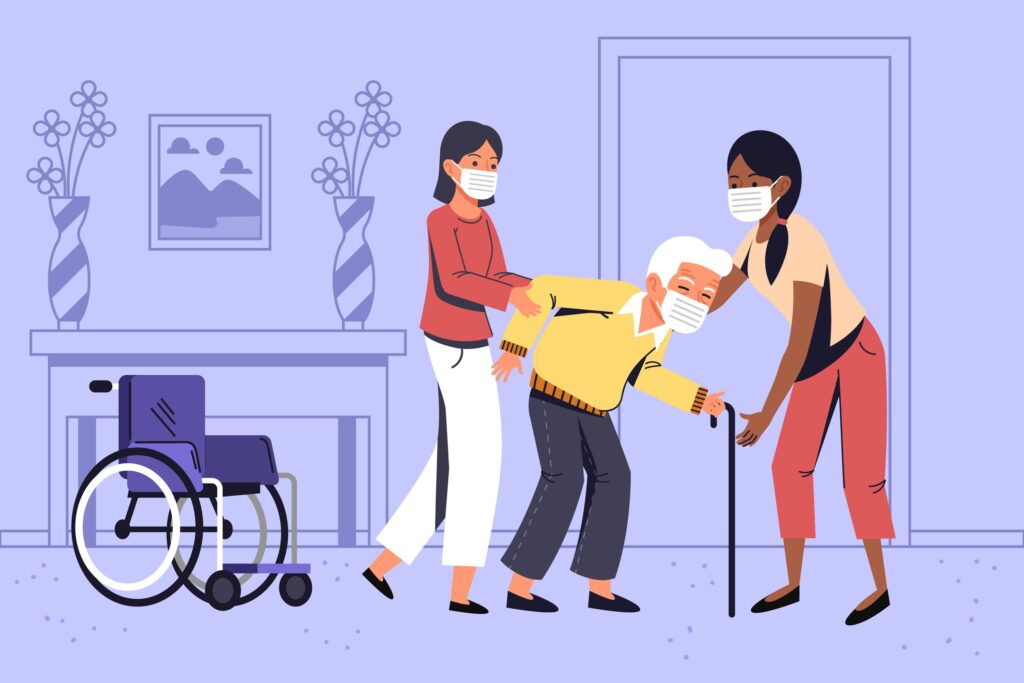
Table of Contents
- Introduction
- Understanding Adaptive Living
- What Is Adaptive Living?
- Who Can Benefit from It?
- Challenges Faced by People with Mobility Issues
- Physical Barriers
- Psychological and Social Challenges
- Essential Adaptive Products for Daily Living
- Mobility Aids
- Home Modifications
- Assistive Technology
- How to Choose the Right Adaptive Equipment
- Factors to Consider
- Best Brands and Products
- Financial Assistance for Adaptive Living
- Government Programs
- Non-Profit Support
- Adaptive Travel Tips and Resources
- Accessible Transportation
- Finding Disability-Friendly Hotels
- Fitness and Well-being for Individuals with Mobility Challenges
- Adaptive Exercises
- Mental Health Strategies
- Personal Stories: Inspiration from Real People
- Conclusion
- FAQs
Introduction
Living with a mobility challenge doesn’t mean compromising on independence or quality of life. With the right adaptive tools and mindset, individuals with disabilities can lead fulfilling lives. In this guide, we’ll explore adaptive living, essential assistive products, financial support options, and inspirational success stories.
Understanding Adaptive Living
What Is Adaptive Living?
Adaptive living refers to modifications, tools, and strategies that help individuals with disabilities perform daily activities with ease. It includes mobility aids, home adaptations, and digital assistive technology.
Who Can Benefit from It?
Anyone facing physical limitations due to conditions like muscular dystrophy, spinal cord injuries, or arthritis can benefit. Caregivers and family members also find these adaptations helpful in providing better support.
Challenges Faced by People with Mobility Issues
Physical Barriers
- Stairs, uneven pathways, and inaccessible public spaces.
- Difficulty using standard household appliances and furniture.
Psychological and Social Challenges
- Feelings of isolation or dependency.
- Lack of understanding from society regarding accessibility needs.
Essential Adaptive Products for Daily Living
Mobility Aids
- Wheelchairs (manual and electric)
- Walkers and rollators
- Canes and crutches
Home Modifications
- Ramps and stairlifts
- Accessible bathrooms with grab bars
- Adjustable kitchen counters
Assistive Technology
- Voice-activated devices (Alexa, Google Home)
- Adaptive computer keyboards and mice
- Text-to-speech software
How to Choose the Right Adaptive Equipment
Factors to Consider
- Individual needs and mobility level.
- Cost and available financial aid.
- Product durability and ease of use.
Best Brands and Products
- Permobil for powered wheelchairs.
- Medline for walkers and rollators.
- Amazon Echo for voice-activated assistance.
Financial Assistance for Adaptive Living
Government Programs
- Medicare and Medicaid cover some adaptive equipment.
- Veterans Affairs benefits for disabled service members.
Non-Profit Support
- The Muscular Dystrophy Association provides grants.
- The Christopher & Dana Reeve Foundation offers funding for mobility solutions.
Adaptive Travel Tips and Resources
Accessible Transportation
- Airlines provide wheelchair assistance.
- Rideshare services like Uber and Lyft offer wheelchair-accessible options.
Finding Disability-Friendly Hotels
- Look for hotels with roll-in showers and accessible elevators.
- Websites like AccessibleGo help travelers find suitable accommodations.
Fitness and Well-being for Individuals with Mobility Challenges
Adaptive Exercises
- Seated yoga and resistance band workouts.
- Swimming and water therapy for low-impact movement.
Mental Health Strategies
- Online support groups and therapy.
- Engaging in hobbies to reduce stress.
Personal Stories: Inspiration from Real People
Hearing from those who’ve navigated mobility challenges can be inspiring. Stories from individuals overcoming obstacles, excelling in careers, and leading active lives prove that adaptive living is empowering.
Conclusion
Adaptive living is about breaking barriers and enabling independence. With advancements in technology, improved accessibility, and the right mindset, individuals with mobility challenges can lead rich, fulfilling lives.
